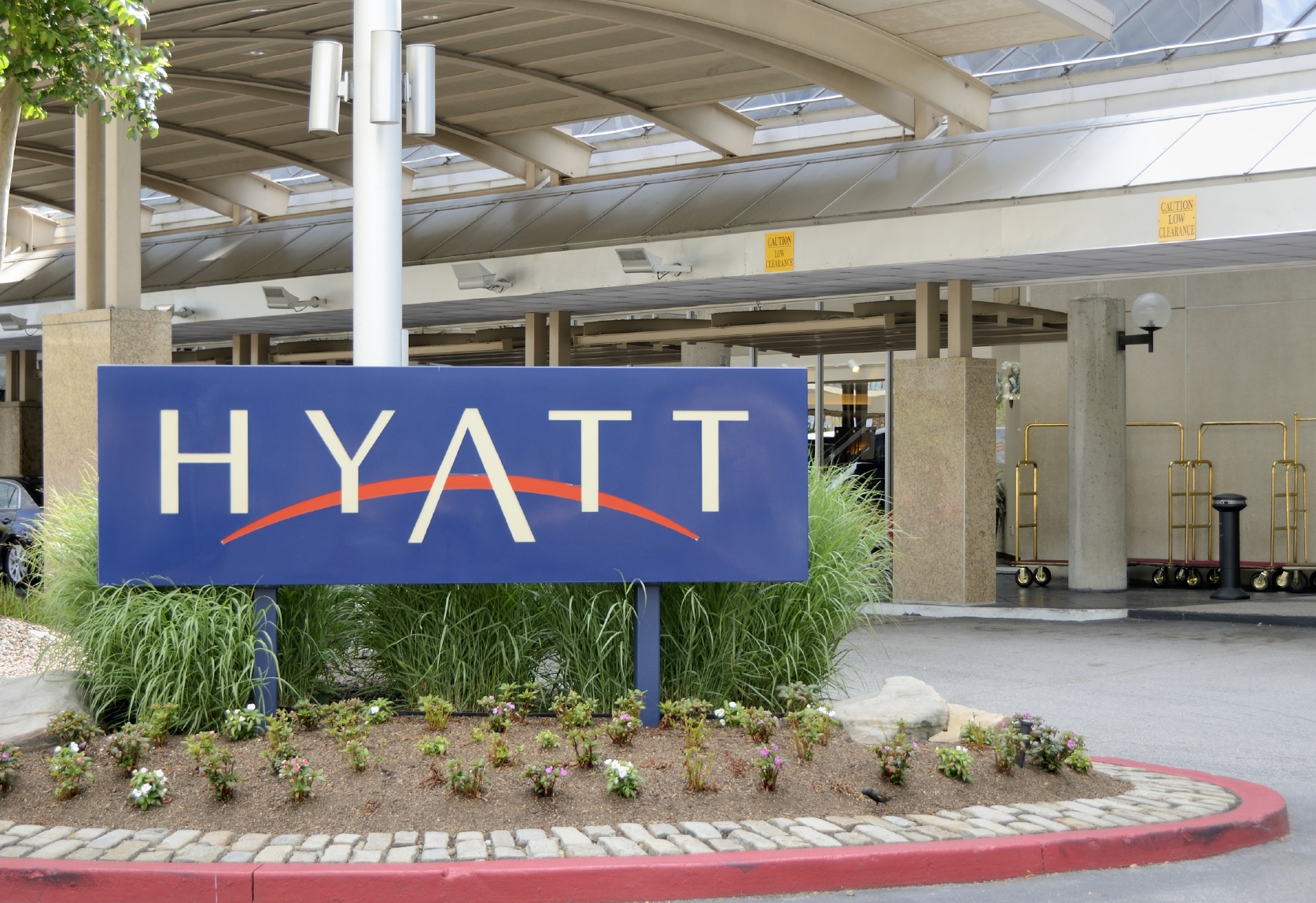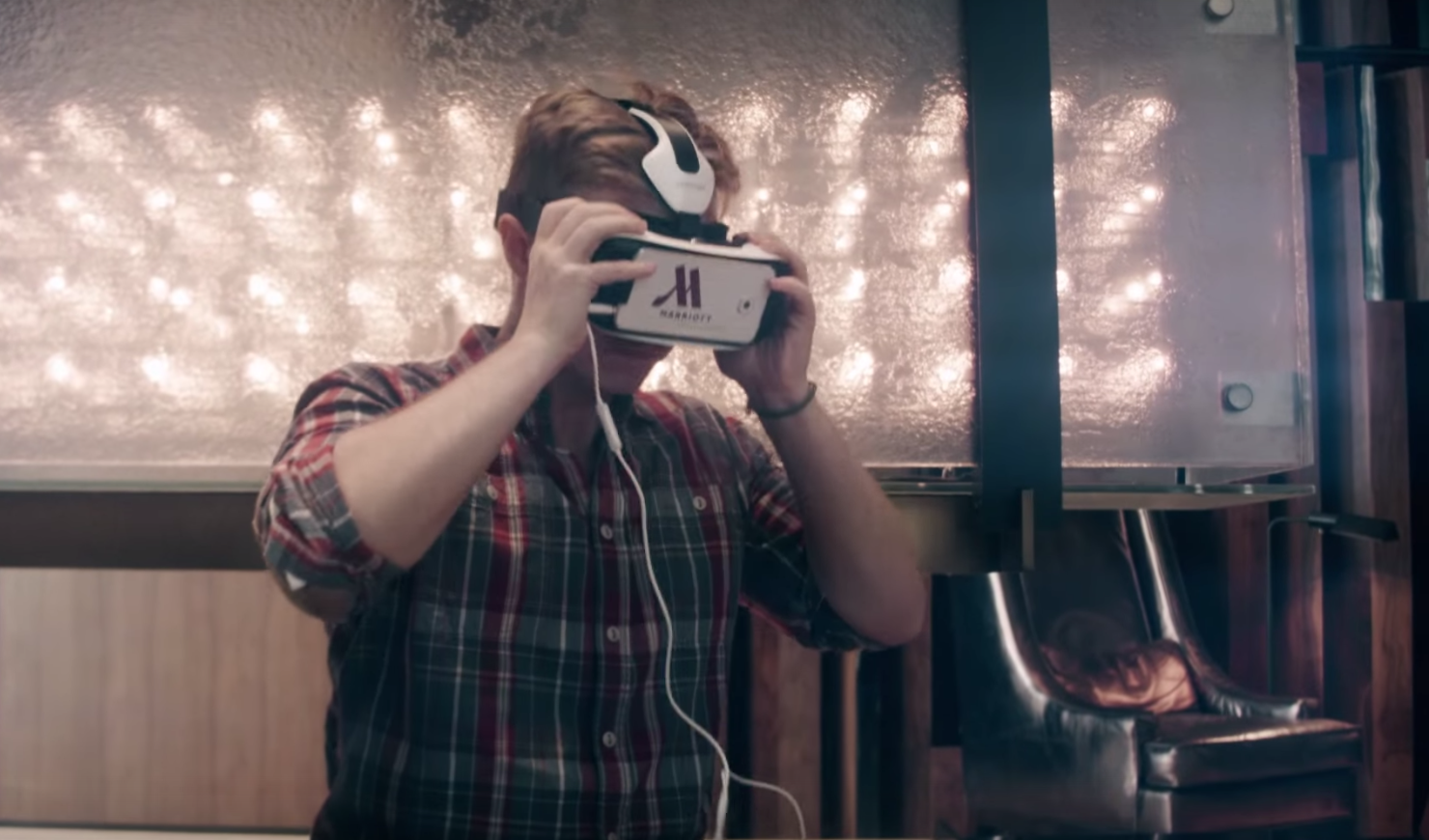What Happened
Facebook introduced Messenger for Business at its F8 conference in March to facilitate communication between customers and businesses. Now, Hyatt Hotels is one of the first brands to start using it. The international hotel chain now employs of a team of 60 across three global locations to help guests with their customer service needs via various social channels, including Messenger. Besides real-time conversations with its customers, Hyatt is looking to securely share transaction receipts and booking details via Messenger in the future.
What Brands Need To Do
By moving its customer service to a text-based platform like Facebook Messenger, Hyatt makes it easier for customers to reach out and start conversations. Moreover, it also gives Hyatt a voice – a personality, even – that resides inside the Facebook ecosystem and adds accountability to its customer service. As texting and messaging apps take over phone calls as the primary means of modern communication for a growing population segment, brands need to adapt to the changing consumer behavior and start to use messaging apps, such as Messenger, as a tool.
Source: Digiday


